Take the First Step For Estimate!
- Accurancy
- Efficiency
- Transparency
- Customization
- Time Saving
- Professionalism
- Cost Control

The installation or retrofitting of fire protection systems in warehouse buildings is not merely a regulatory compliance issue but a critical investment in safety and operational continuity. With the increasing complexity of warehouse operations and the storage of diverse materials, the need for advanced and efficient fire protection systems has never been more apparent. Estimating the costs of retrofitting fire protection systems in warehouse buildings involves considering several factors.
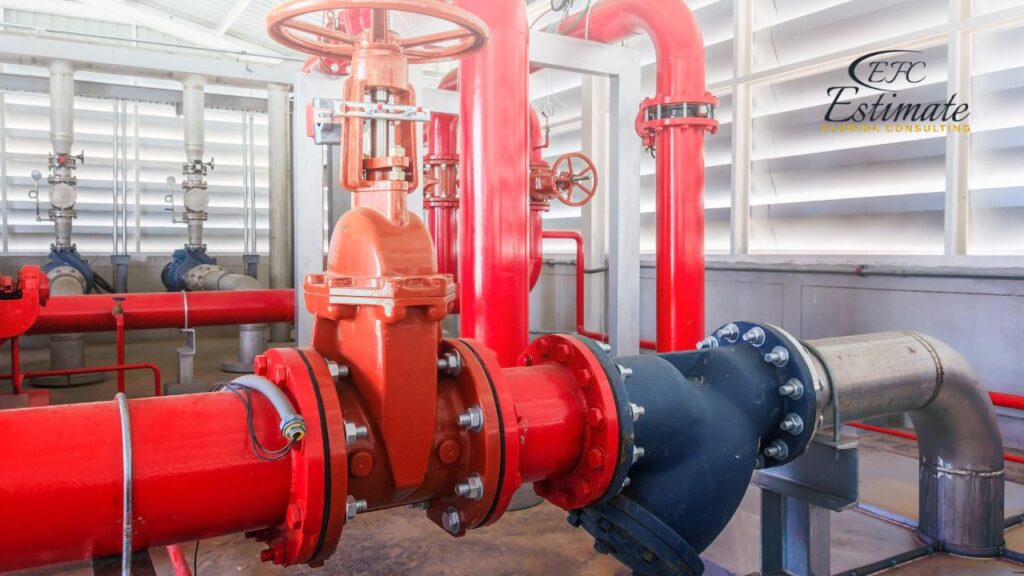
The expenses of fire system components ($2 to $7 per square foot), labor costs for installation ($1,500 to $5,000+ per system), permit fees, compliance costs, and ongoing maintenance expenses ($500 to $2,000+ annually per system). Additionally, budgeting for unforeseen expenses is crucial. Overall, costs can vary based on factors such as the size of the warehouse, system complexity, and regulatory requirements, necessitating careful planning and allocation of resources for a successful retrofitting project.

Fire protection system retrofitting involves upgrading existing fire safety measures to enhance building safety and compliance. Basic fire alarm and smoke detector systems typically entail costs per square foot, while retrofitting sprinkler systems incurs similar expenses. Advanced fire protection systems may require significant investment, depending on the complexity and scope of the retrofitting project. Additionally, there are additional costs associated with permits, inspections, and other regulatory requirements, typically constituting a percentage of the total project cost. Retrofitting existing fire protection systems is essential for improving building safety and ensuring compliance with modern safety standards, mitigating the risk of fire-related incidents.
Fire Protection System Component | Cost |
Basic Fire Alarm and Smoke Detector Systems | $2.60 to $13 per sq ft |
Sprinkler System Retrofitting | $1.30 to $5.20 per sq ft |
Advanced Fire Protection Systems | $260,000 to $650,000+ |
Additional Costs (Permits, inspections, etc.) | 13-26% of project cost |
Retrofitting refers to the process of updating or installing new fire protection systems in existing buildings to meet current safety standards, comply with regulations, or incorporate technological advancements. Common systems include sprinkler systems, fire alarms, smoke detectors, and emergency lighting. The push for retrofitting often comes from the need to enhance safety features, comply with updated codes, or integrate more sophisticated technologies.
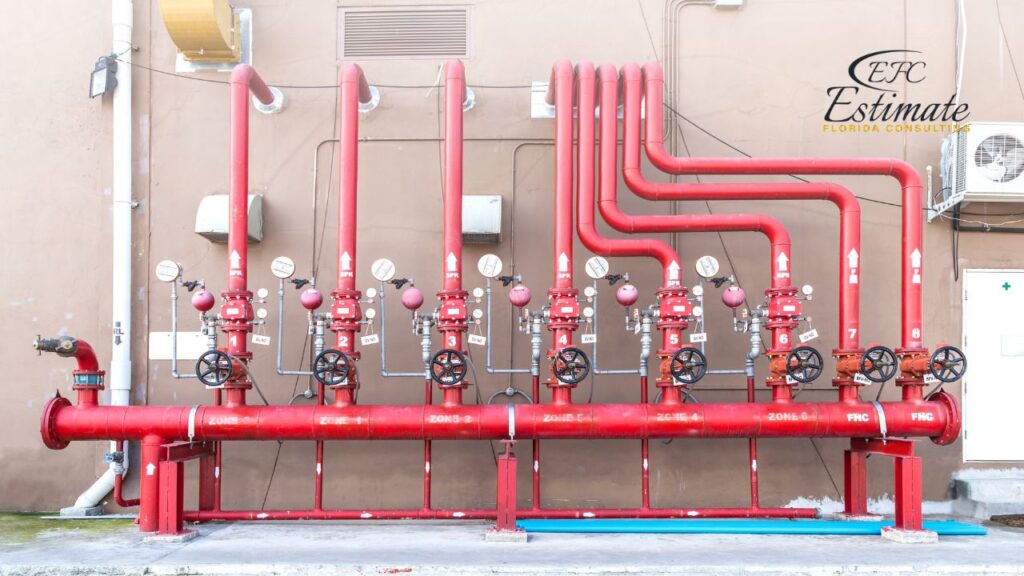
The first step in a retrofitting project involves a comprehensive risk assessment to identify the specific needs of the warehouse. Fire protection engineers and safety consultants play a crucial role in this phase, offering expertise in the latest standards and technologies. Developing a detailed plan is essential for aligning the retrofit with business operations while minimizing disruption.
The size of the warehouse directly correlates with the cost of retrofitting fire protection systems. Larger spaces necessitate more extensive coverage to adequately protect the entire area from fire hazards. This increased coverage involves the installation of additional fire suppression equipment, such as sprinklers, fire alarms, and smoke detectors, along with the associated piping, wiring, and control panels. Moreover, larger warehouses often have more complex layouts, requiring careful planning and coordination to ensure uniform coverage and optimal system performance. As a result, the material and labor costs for retrofitting fire protection systems in larger warehouses can be significantly higher compared to smaller facilities. Warehouse owners and managers should carefully consider the size of their facility when budgeting for retrofitting projects and work closely with experienced contractors to develop cost-effective solutions that meet their fire safety needs.
Compliance with local fire safety codes and regulations is a critical consideration in retrofitting fire protection systems and can significantly impact associated costs. Local jurisdictions often have specific requirements for fire suppression equipment, alarm systems, emergency lighting, and other safety features based on factors such as occupancy type, building size, and fire risk. Failure to comply with these regulations can result in fines, penalties, or even closure orders, making it essential for warehouse owners to prioritize regulatory compliance in their retrofitting projects. Meeting regulatory requirements may involve installing additional equipment, upgrading existing systems, or making structural modifications to ensure adequate fire protection and life safety measures. Additionally, obtaining permits, conducting inspections, and engaging with local authorities throughout the retrofitting process can add administrative costs and time delays to the project. Warehouse owners should work closely with fire protection professionals familiar with local regulations to ensure compliance and avoid costly compliance issues down the line.
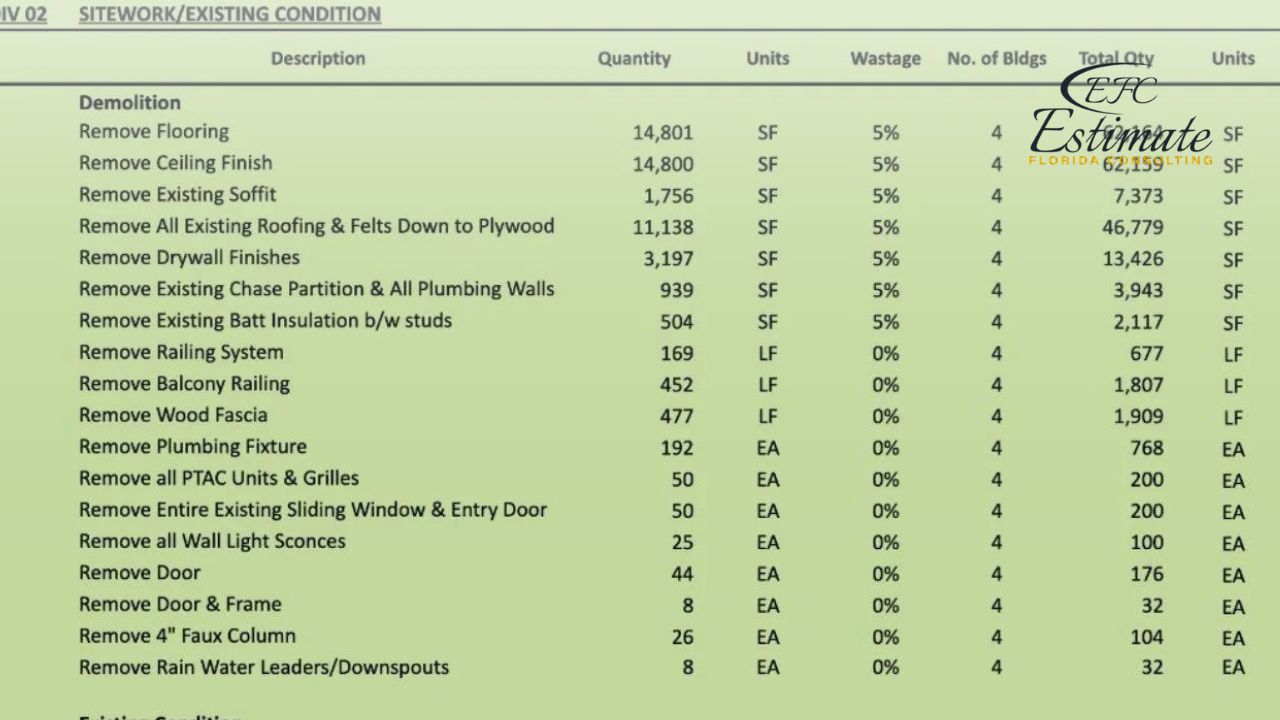
ZIP Code Based Estimate
Highly Accurate
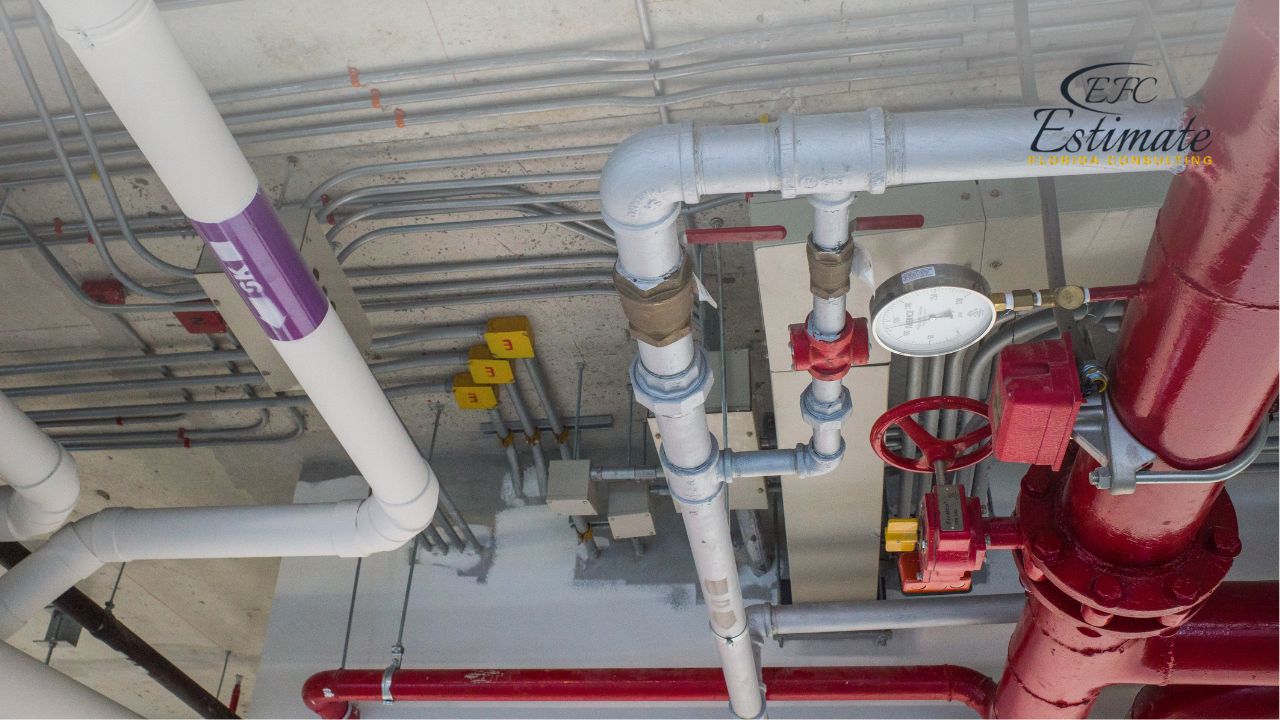
Fully Insured License
Hire Contractor for Warehouse
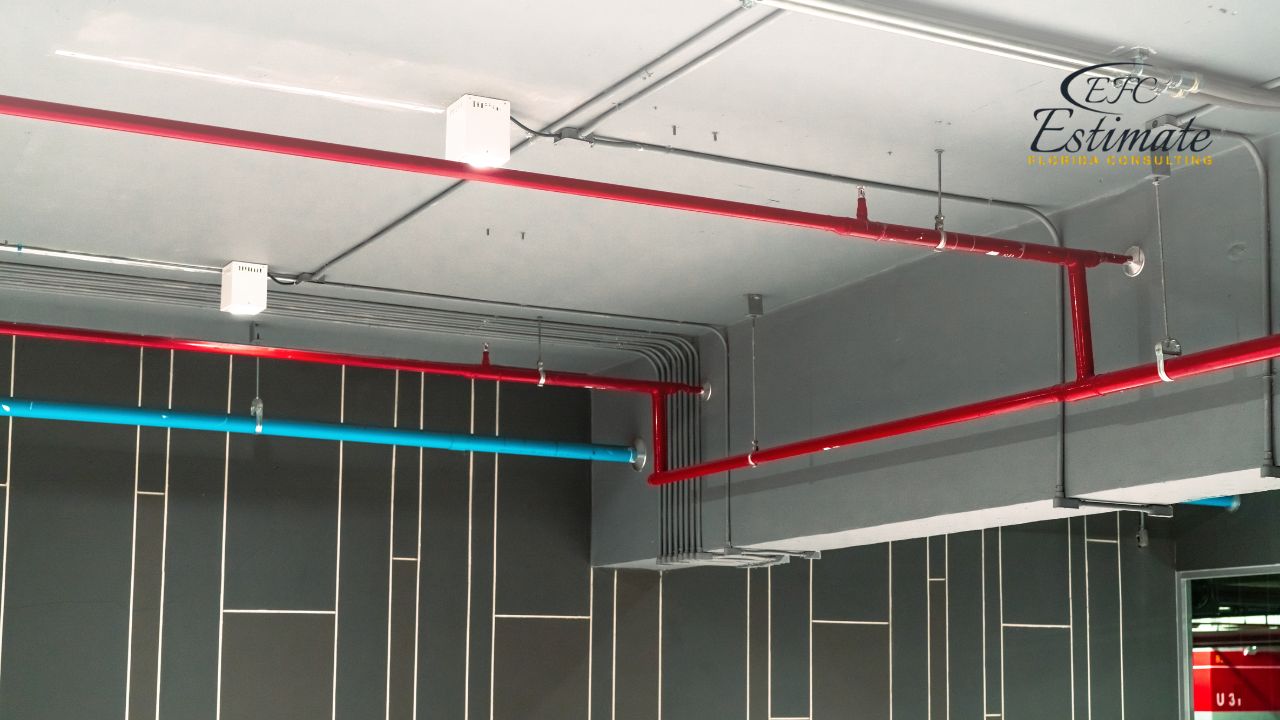
Make Informed Design Decisions Showcase Your Design Ideas
Get RenderingThe technology choices made during the retrofitting process can also influence costs. Opting for the latest technologies, such as advanced fire detection systems, remote monitoring capabilities, or smart fire suppression solutions, may offer long-term benefits in terms of improved safety, efficiency, and maintenance but often require a higher initial investment. These technologies may involve the use of specialized equipment, sophisticated software, or integration with other building systems, increasing both material and installation costs. Additionally, training personnel to operate and maintain these advanced systems effectively may incur additional expenses. However, investing in cutting-edge technologies can pay off in the form of reduced insurance premiums, lower maintenance costs, and enhanced protection against fire-related risks. Warehouse owners should carefully weigh the benefits and costs of different technology options and consider factors such as reliability, scalability, and compatibility with existing infrastructure when making decisions about retrofitting their fire protection systems.
For a warehouse, the cost estimates for essential fire safety components are as follows. Basic fire alarm and smoke detector systems range from moderate to significant expenses, ensuring early fire detection and warning capabilities. Additionally, retrofitting a sprinkler system incurs substantial costs.
These investments are crucial for enhancing fire safety measures within the warehouse, safeguarding personnel, assets, and property against potential fire hazards.
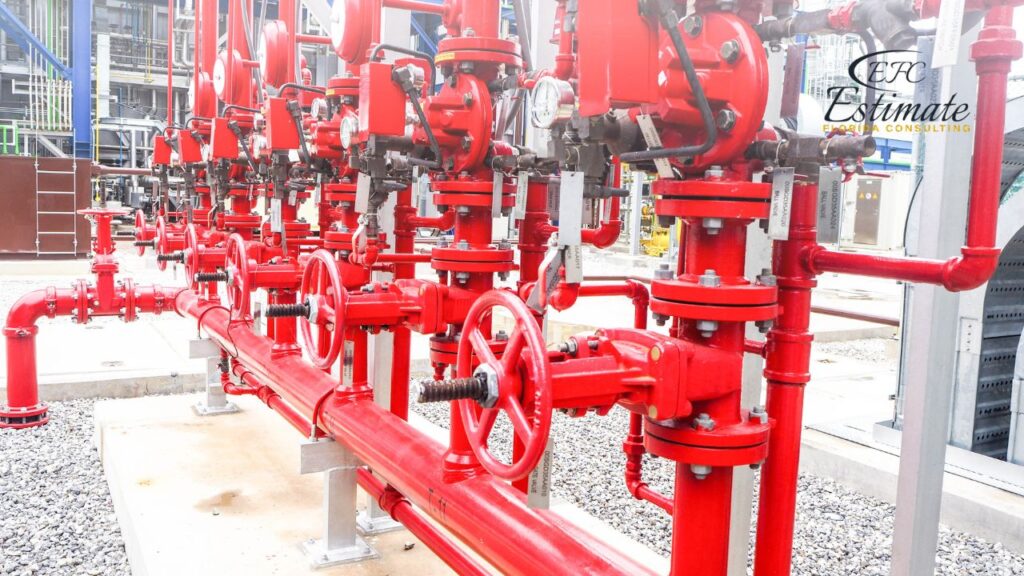
Component | Cost Range |
Basic Fire Alarm and Smoke Detector Systems | $26,000 to $130,000+ |
Sprinkler System Retrofitting (50,000 sq ft) | $65,000 to $260,000+ |
The retrofitting process begins with comprehensive system design, which entails assessing the existing infrastructure, identifying areas for improvement, and developing plans for upgrades or modifications. This phase involves collaboration between engineers, architects, and fire safety specialists to create tailored solutions that meet the specific needs and challenges of the building. Once the design is finalized, the next step is procuring the necessary materials and equipment. This involves sourcing high-quality components, such as fire suppression systems, alarms, detectors, and other safety devices, from reputable manufacturers and suppliers. Careful attention to detail during the procurement process ensures that the retrofitting project remains on schedule and within budget while meeting the required safety standards and specifications.
The installation phase of the retrofitting process involves executing the design plans and integrating the new components into the existing infrastructure. Skilled contractors with experience in fire safety systems and building modifications are responsible for carrying out this critical phase. They must adhere to industry best practices, safety protocols, and regulatory requirements while ensuring the quality and integrity of the installation work. Proper installation is essential for the reliable operation of fire safety systems and the overall effectiveness of the retrofit. Therefore, selecting reputable contractors with a track record of successful projects and expertise in retrofitting is vital for achieving optimal results.
Following installation, rigorous testing and commissioning are conducted to verify the functionality and performance of the retrofitted systems. This phase involves comprehensive testing of all components, including alarms, detectors, sprinklers, and control panels, to ensure they operate correctly and respond effectively to simulated fire scenarios. Testing procedures may include flow tests, pressure tests, functional tests, and integration testing to validate system interoperability and reliability. Any issues or deficiencies identified during testing are promptly addressed and rectified to ensure compliance with safety standards and regulatory requirements. Once testing is complete, the system undergoes final commissioning to certify its readiness for operational use and regulatory compliance.
Selecting the right contractors and specialists is crucial for the success of the retrofitting process. Experienced professionals with expertise in fire safety engineering, building construction, electrical systems, and mechanical systems play key roles in designing, installing, and testing retrofit solutions. When choosing contractors, factors such as reputation, qualifications, experience, and track record should be carefully considered to ensure they possess the necessary skills and resources to deliver high-quality workmanship and meet project objectives. Additionally, collaborating with specialists, such as fire protection engineers, code consultants, and regulatory compliance experts, can provide valuable insights and guidance throughout the retrofitting process, enhancing the overall effectiveness and safety of the project. By assembling a qualified team of contractors and specialists, warehouses can minimize risks, streamline the retrofitting process, and achieve successful outcomes that enhance fire safety and operational resilience.
Technological innovations have also led to faster response times in fire protection systems, allowing for more rapid intervention and containment of fires. Advanced detection systems, coupled with integrated alarm notification systems and real-time monitoring capabilities, enable immediate alerting of occupants and emergency responders in the event of a fire emergency. Additionally, modern suppression systems, such as high-speed sprinkler systems and clean agent suppression systems, can deploy rapidly and extinguish fires more quickly than traditional methods, reducing the spread of flames and limiting damage to property and assets. By reducing response times, these technological advancements enhance the effectiveness of fire protection measures and improve the overall resilience of buildings and facilities against fire hazards.
One of the most significant technological advances in fire protection is the development of systems with enhanced detection accuracy. Traditional fire detection systems often relied on basic smoke or heat sensors, which could sometimes produce false alarms or fail to detect fires in their early stages. However, modern detection technologies, such as advanced smoke detectors, multi-sensor detectors, and video image smoke detection (VISD) systems, offer higher sensitivity and specificity, reducing the risk of false alarms and improving the reliability of fire detection.
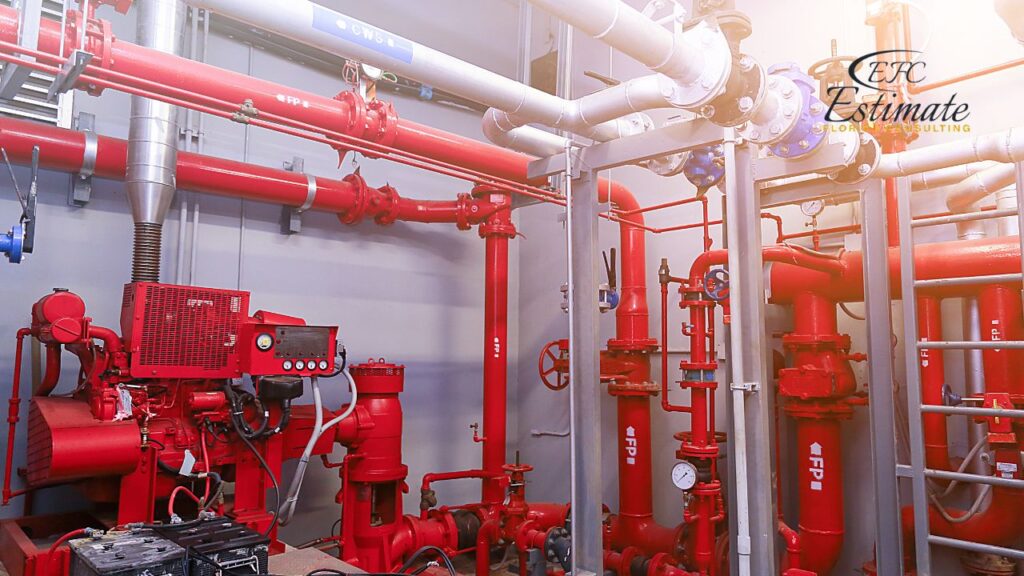
These systems utilize sophisticated algorithms, machine learning, and intelligent sensor fusion techniques to analyze environmental conditions, detect smoke or fire patterns, and differentiate between genuine fire events and false alarms more accurately. By providing early and accurate detection of fires, these advanced technologies enable faster response times and more effective firefighting efforts, minimizing property damage and enhancing overall safety.
Another key benefit of technological advances in fire protection is the development of systems with less intrusive installation processes. Traditional fire protection systems often required extensive retrofitting and modifications to existing buildings, leading to disruptions in operations, increased costs, and logistical challenges. However, modern systems, such as wireless fire detection systems, addressable fire alarm systems, and modular suppression systems, offer more flexible and scalable installation options that minimize disruption and downtime. These systems utilize wireless communication protocols, plug-and-play components, and self-configuring devices, allowing for faster deployment and easier integration with existing infrastructure. Additionally, advancements in materials and manufacturing processes have led to the development of lightweight and compact fire protection equipment that can be installed with minimal structural modifications. By reducing installation complexity and downtime, these technologies enable faster implementation of fire protection measures and facilitate seamless integration with building systems.
Furthermore, technological advancements in fire protection can lead to reductions in long-term maintenance and insurance costs. Modern systems are designed to be more reliable, durable, and maintenance-friendly than their predecessors, requiring fewer inspections, repairs, and replacements over their operational lifespan. Additionally, advancements in predictive maintenance technologies, remote monitoring capabilities, and cloud-based management platforms enable proactive monitoring of fire protection systems, early detection of potential issues, and timely maintenance interventions, minimizing downtime and maximizing system reliability. Moreover, improved fire detection and suppression capabilities can lead to lower insurance premiums for building owners and operators. Insurers often offer discounts and incentives for properties equipped with state-of-the-art fire protection systems that meet or exceed industry standards and regulatory requirements. By investing in advanced fire protection technologies, building owners can not only enhance safety and security but also realize cost savings through reduced maintenance expenses and insurance premiums over time.
New projects are waiting for you.
Connect with more construction leads!
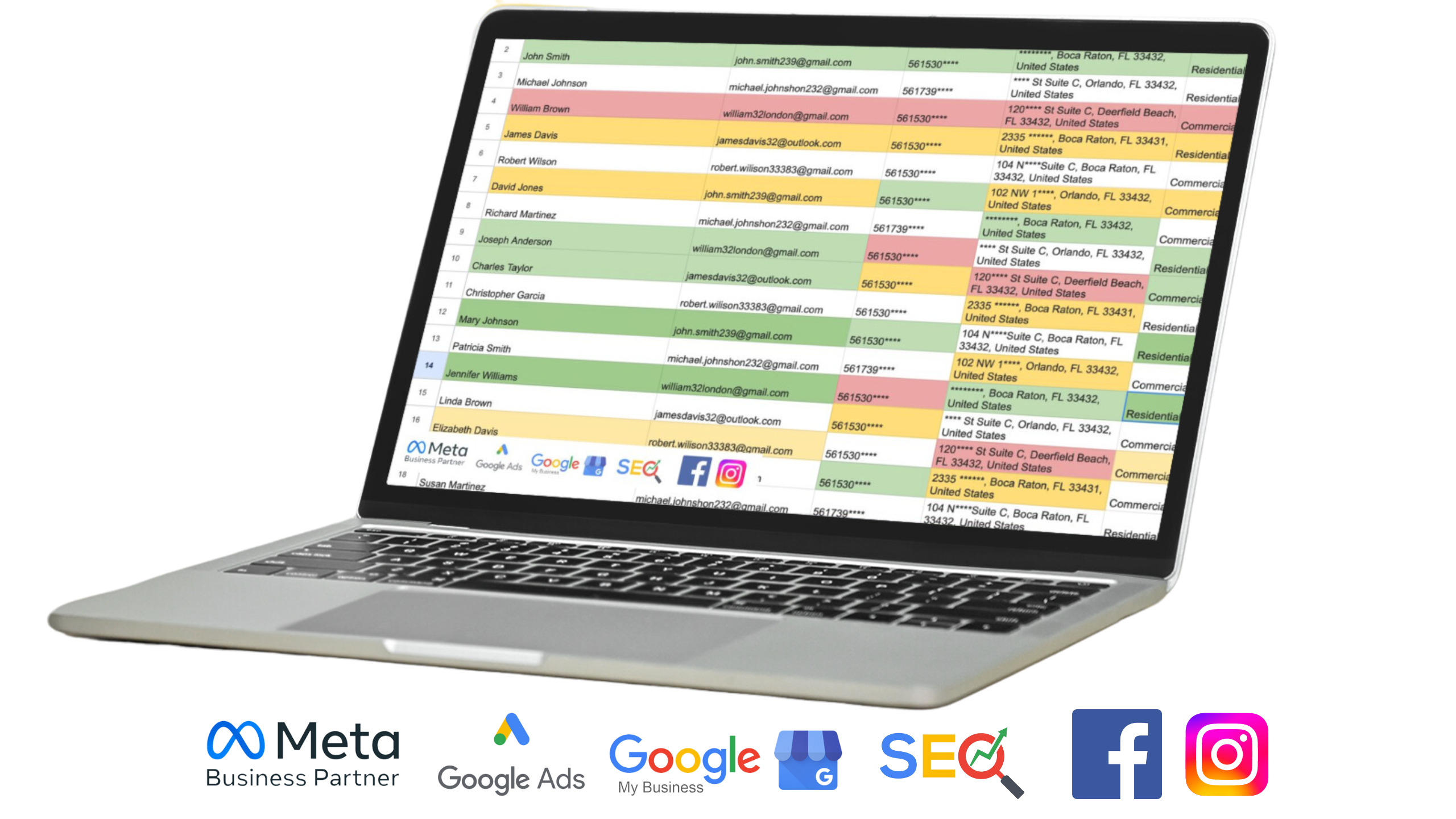
The retrofitting of fire protection systems in warehouse buildings significantly enhances safety and regulatory compliance. However, the installation of these systems marks the beginning, not the end, of a commitment to ensuring their effectiveness over time. Regular maintenance and upkeep are crucial for the long-term reliability and functionality of these systems. This article provides comprehensive guidelines for maintaining and testing retrofitted fire protection systems, ensuring they remain effective and compliant with safety standards.
Fire protection systems, including sprinkler systems, fire alarms, and smoke detectors, require routine maintenance to function correctly. Regulatory bodies like the National Fire Protection Association (NFPA) and local fire safety authorities set forth standards and codes specifying maintenance practices and frequencies. Adherence to these standards is not only a matter of compliance but also a critical component of operational safety.
Creating a detailed maintenance schedule is essential for the systematic inspection, testing, and upkeep of fire protection systems. This schedule should align with the manufacturer’s recommendations and regulatory requirements, detailing the frequency of various maintenance activities.
Regular inspections and testing are the backbone of effective fire system maintenance. Key components, such as sprinkler heads, alarm sensors, and control panels, require periodic checks to ensure they are in working order. These procedures should be carried out by qualified personnel or external service providers with expertise in fire protection systems.
Preventive maintenance involves proactive measures to prevent system failures before they occur.
This includes cleaning components, replacing worn parts, and addressing any issues identified during routine inspections. A focus on preventive maintenance can significantly reduce the risk of system malfunctions during emergencies.
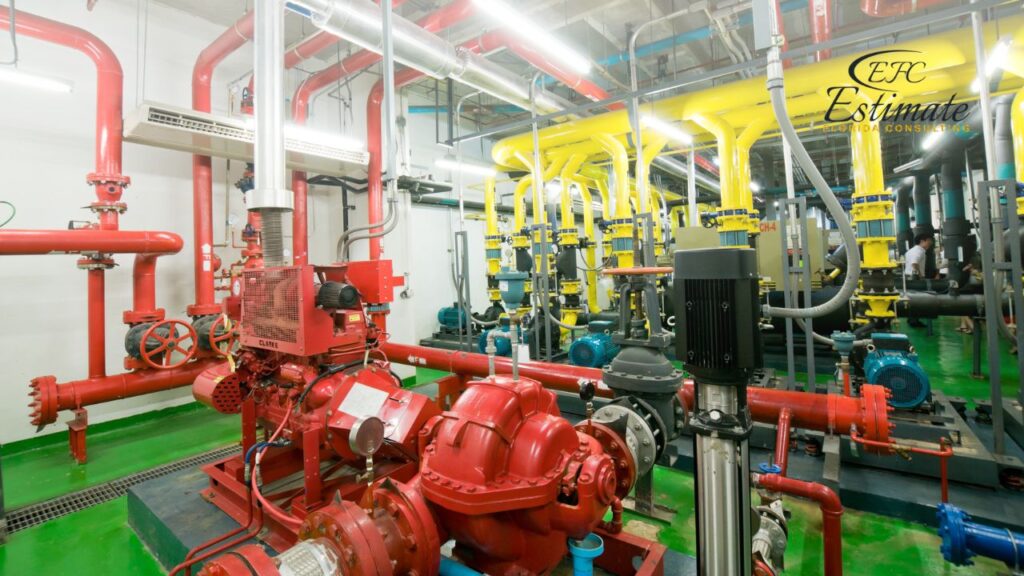
Maintaining comprehensive records of all maintenance activities is critical for demonstrating compliance with fire safety regulations and facilitating insurance claims. Documentation should include dates, actions taken, and any parts replaced or repaired, along with the signatures of the individuals performing the work.
Educating staff on basic maintenance tasks and emergency procedures contributes to the overall safety culture within a warehouse. Employees should be aware of how to perform simple checks and when to report potential issues to maintenance personnel.
Certain maintenance activities require the expertise of professional fire protection engineers or specialized maintenance services. Establishing a relationship with a reputable service provider ensures access to skilled professionals for routine maintenance and urgent repairs.
Staying informed about advances in fire protection technology and changes in safety regulations is essential. Part of ongoing maintenance may involve upgrading system components or software to enhance functionality or comply with new standards.
Retrofitting fire protection systems in warehouse buildings is a multifaceted endeavor that requires careful planning, execution, and ongoing maintenance. From assessing the specific needs of the facility to selecting the right contractors and implementing advanced technologies, every step in the process contributes to enhancing safety, ensuring compliance, and safeguarding operational continuity. Factors such as warehouse size, system complexity, local regulations, and technological advancements influence the cost and effectiveness of retrofitting projects. By prioritizing safety, investing in state-of-the-art technologies, and adhering to rigorous maintenance practices, warehouse owners can create safer working environments, mitigate fire risks, and protect their assets for years to come. Moreover, by staying informed about emerging trends and regulatory changes, warehouse operators can adapt their fire protection strategies to meet evolving challenges and maintain a resilient and compliant built environment.
Retrofitting fire protection systems is crucial for ensuring the safety of occupants and assets in warehouse buildings. It helps meet current safety standards, comply with regulations, and integrate advanced technologies to enhance fire detection, suppression, and evacuation capabilities.
The main cost factors include the size of the warehouse, system complexity, local regulations, technology choices, permit fees, compliance costs, labor expenses, and ongoing maintenance costs. These factors vary based on factors such as warehouse size, system requirements, and regulatory requirements.
Warehouse owners can determine their facility’s specific needs through a comprehensive risk assessment conducted by fire protection engineers and safety consultants. This assessment identifies potential fire hazards, evaluates existing fire protection systems, and recommends tailored solutions to address vulnerabilities and improve safety.
Technological advances such as enhanced detection accuracy, faster response times, less intrusive installation processes, and reductions in long-term maintenance and insurance costs have significantly improved the effectiveness and reliability of fire protection systems. These advancements enable early detection of fires, rapid intervention, and seamless integration with existing infrastructure.
Regular inspection, testing, preventive maintenance, documentation, training, and engagement with professional service providers are essential maintenance practices for ensuring the long-term reliability of retrofitted fire protection systems. Adhering to manufacturer recommendations, regulatory standards, and industry best practices helps minimize the risk of system failures and ensures compliance with safety regulations.
Here I am going to share some steps to get your fire protection system retrofitting for warehouse buildings estimate report.
You can send us your plan on info@estimatorflorida.com
Before starting your project, we send you a quote for your service. That quote will have detailed information about your project. Here you will get information about the size, difficulty, complexity and bid date when determining pricing.
Our team will takeoff and estimate your project. When we deliver you’ll receive a PDF and an Excel file of your estimate. We can also offer construction lead generation services for the jobs you’d like to pursue further.

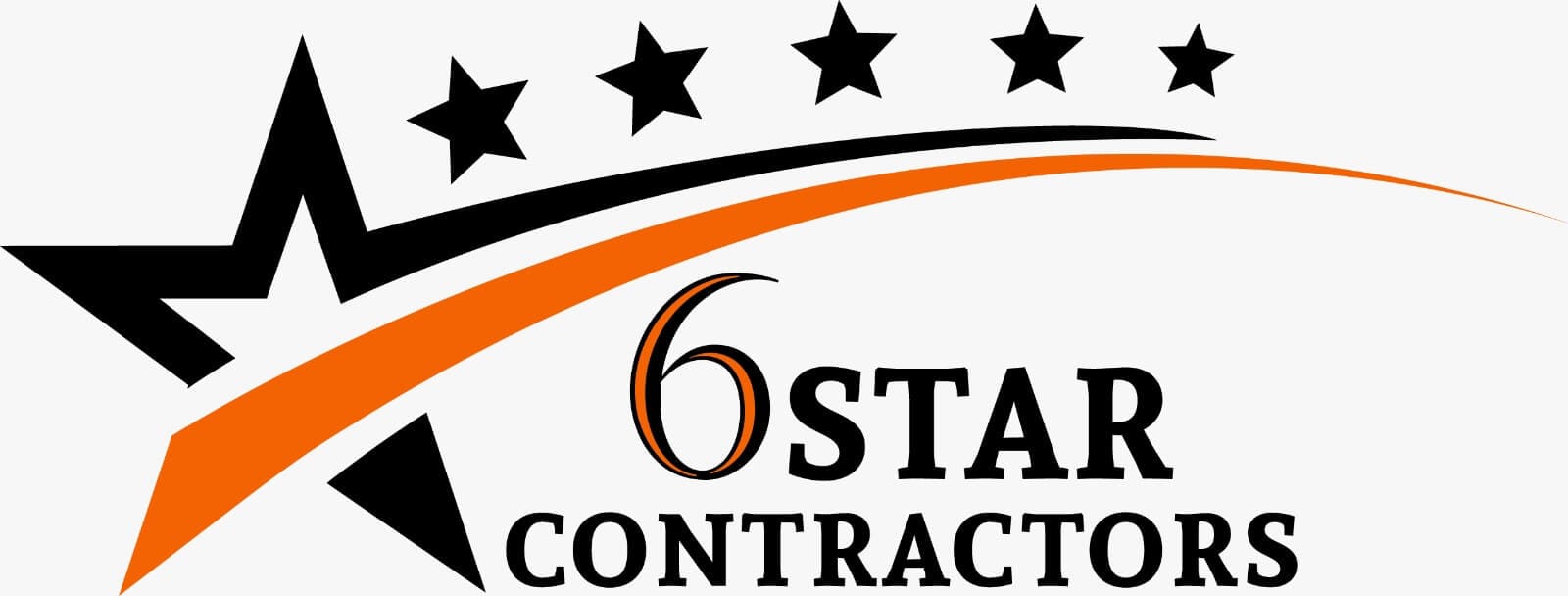

561-530-2845
info@estimatorflorida.com
Address
5245 Wiles Rd Apt 3-102 St. Pete Beach, FL 33073 United States
561-530-2845
info@estimatorflorida.com
Address
5245 Wiles Rd Apt 3-102 St. Pete Beach, FL 33073 United States
All copyright © Reserved | Designed By V Marketing Media | Disclaimer